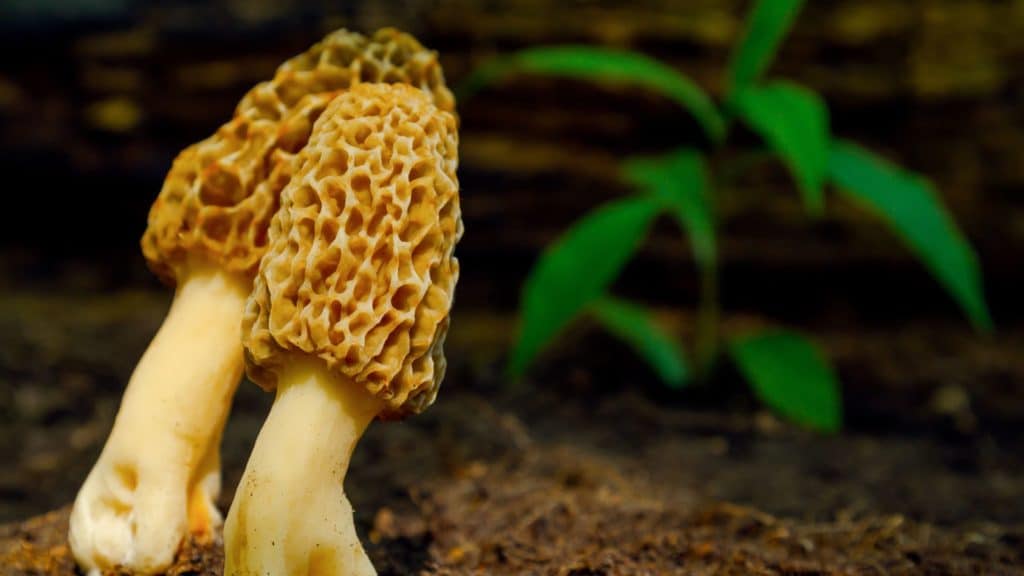Last week on the Quality Spores blog, we talked about mushroom substrates. In that post, we covered what exactly a substrate is, and how natural substrates differ from the kinds used by culinary mushroom farmers or the ones in mycology labs.
This week, we’d like to “dig” a little more into the topic of substrates. Specifically, what do mushrooms need to grow? Is it true that all mushrooms require decomposing material to survive in the wild? What’s the difference between a saprotroph and an ectomycorrhizal fungi?
These questions and more will be answered!
Let’s begin:
What do Mushrooms Need to Grow?

As you may recall from last week’s post, a substrate is simply the material in which a fungus is growing in. Some substrates are better than others, of course—but fungi are remarkably resilient organisms which have been discovered growing nearly everywhere on the planet.
When one thinks of where mushrooms grow, they typically would picture a shaded, moist area, perhaps on the floor of a green forest in the Pacific Northwest. And this image would be quite accurate, as many species of mushrooms do love that kind of environment. However, it’s just one of the many places where mushrooms can grow.
Did you know that there are even mushrooms which can grow in arid desert environments? It’s true—species like Podaxis pistillaris can be found in the desert environments of scorching Australia. There are mushrooms found in the desert environments of Arizona in the United States, the deserts of Morocco and Egypt in Africa, and even throughout Syria and Iraq.
The point is that the substrate and nutrients required for a mushroom to grow is very different for each species. Not all species require the same kind of substrate, but in general that stereotypical image of the mushroom in the shaded, moist forest would be correct.
Do All Mushrooms Require Decomposing Material in Their Substrate?
Mushrooms are generally considered to be organisms which feed on decomposing matter, such as that from plants and animals. This is overwhelmingly true. When we think of fungi, we’re generally thinking of saprotrophs, which are mushrooms that decompose organic material and derive nutrients from it.
However, there are other kinds of fungi which are extremely common which have a symbiotic relationship with the root system of nearby plants—they derive their nutrients from these relationships. These kinds of fungi are thought to be found on the root systems of perhaps 2% of all plants in the world, which is a huge amount, if you think about it. These kinds of mushrooms are known as ectomycorrhizal fungi.
Ready to Take Your Microscopy Skills to the Next Level With Fungal Taxonomy? Here’s How to Get Started
If you’re an amateur microscopist, one of the best ways to expand your skills is by studying fungal taxonomy. With hundreds of thousands of species in the world, you certainly won’t run out of subjects any time soon—but we recommend starting with our exotic mushroom spores found in our mushroom spore store.
To learn more about the hobby, download our free eBook.
